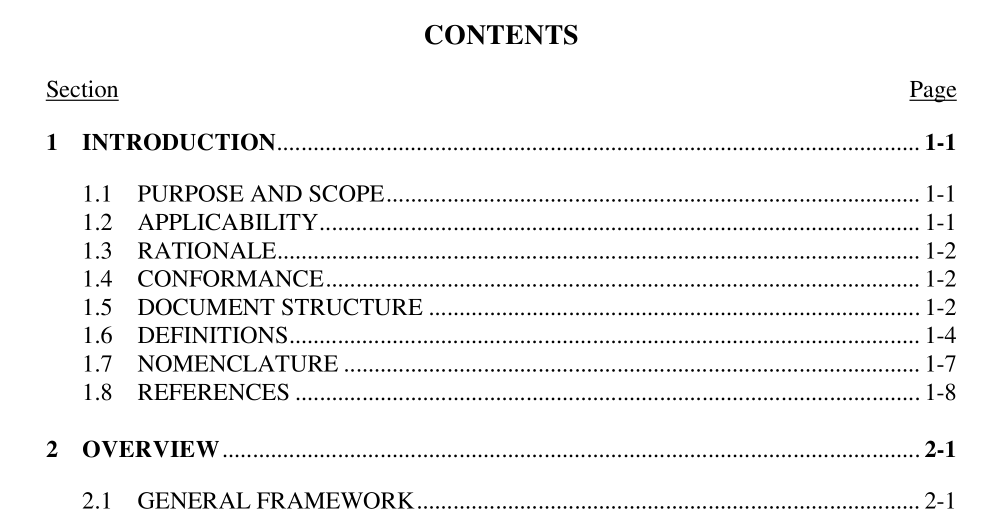ISO 20104:2015 pdf download.Space data and information transfer systems — Producer-Archive Interface Specification (PAIS)
1.3 RATIONALE
This Recommended Standard aims at overcoming significant difficulties encountered during transactions between information Producers and the Archives.
Regarding the Formal Definition Phase, this Recommended Standard should enable:
– the Producer to share with the Archive a sufficiently precise, unambiguous definition of the different Digital Objects to be produced and transferred, including possibly the order in which they should be transferred;
– the Archive to ensure there is sufficient information to process the Digital Objects which will be received.
Regarding the Transfer Phase, this Recommended Standard should enable a precise definition of the SIPs to be exchanged.
Regarding the Validation Phase, this Recommended Standard should enable the use of tools for systematically validating that the Digital Objects received are those expected, and that they conform to the level of detail previously agreed.
1.4 CONFORMANCE
An xml implementation is considered ‘Description Conformant’ if it conforms to the corresponding semantics and implementation specifications defined in sections 3 and 4. A concrete SIP implementation is considered ‘Abstract SIP Conformant’ if it conforms to the semantic specification of section 5. A concrete SIP implementation is considered ‘XFDU PAIS SIP Conformant’ if it conforms to the semantic specification of section 5 and the implementation specification of section 6. Concrete SIP implementations in formats other than XFDU are allowed. They will not be considered ‘XFDU PAIS SIP Conformant’, but they could be ‘Abstract SIP Conformant’. It is possible that additional concrete PAIS SIP implementations may be standardized in the future.
1.6.2 GLOSSARY OF TERMS
OAIS terminology as defined in references [2] is used throughout this recommendation. Following is a short glossary of the OAIS terminology indispensable for this document. The terminology used is fully defined in references [2], [3], and [C3], except for the definitions printed in italics which are defined in this document. Only brief definitions are provided here. This terminology does not seek to replace existing terminology in the various domains related to archiving. Each domain should be able to apply this methodology while retaining their specific terminology. When first used in the following sections, the terms defined in the terminology are shown in bold. Moreover, it is assumed that it is not necessary for the Producer to know and understand the information model and the typology of the OAIS information categories in detail, such as Content Information, Representation Information, Preservation Description Information, etc. Indeed, it is the Archive’s task to create AIPs from the SIPs transferred and thus to establish the suitable link between a given object coming from the Producer and any particular information category in the AIP within which this object will be inserted. To establish a dialog, the Producer and the Archive must agree on a common terminology and a common understanding of the associated concepts. Archive: An organization that intends to preserve information for access and use by a Designated Community. Collection Descriptor: A set of attributes that describes a view of a single collection of data and that identifies the parent collection of which it is a part. Data Object: Either a Physical Object or a Digital Object. Data Object Type: A set of characteristics describing a Data Object (such as the size of this object and the description of its content). Typically there will be multiple Data Objects conforming to the same Data Object Type. Descriptor: Either a Collection Descriptor or a Transfer Object Type Descriptor.
ISO 20104:2015 pdf download
